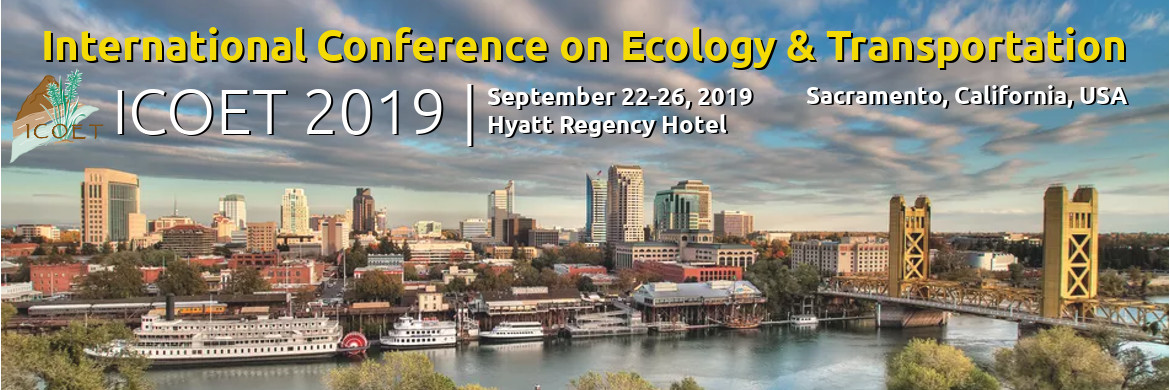Once widespread throughout Texas, Louisiana, and Arkansas, the U.S. population of the federally endangered ocelot (Leopardus pardalis) is now restricted to the Lower Rio Grande Valley (LRGV) of South Texas. It is estimated <80 individuals remain between two genetically isolated breeding populations. While the population decline is due to several factors, vehicle collisions have been found to be the contemporary leading proximate cause of ocelot mortality in the LRGV. Wildlife crossing structures may provide a viable mitigation strategy but must be placed in locations that maximize likelihood of use by ocelots. To better understand ocelot movement patterns in relation to roads, we analyzed a telemetry dataset of 35 ocelots (18 female, 17 male) radio-collared in and around Laguna Atascosa National Wildlife Refuge from 1982¬1999. We used lines to simulate movement paths between consecutive observed locations and determined the frequency at which these movement paths intersected roads, indicating a successful road crossing. We used a one-way ANOVA to compare the frequency at which ocelots crossed different types of roads and found ocelots crossed dirt roads more than three times as often as gravel or paved roads (F 2, 102 = 25.2, P < 0.01). Our findings suggested ocelots may have avoided roads with increased traffic in the study site. We will further evaluate whether these crossing rates were influenced by sex, duration of monitoring period, or within-home range road density. Further, we will evaluate land cover spatial distribution at locations where ocelots crossed paved roads to determine if there were patterns in crossing locations. This information will assist the Texas Department of Transportation and other management entities in developing ocelot conservation strategies in this highly fragmented landscape.
Terrestrial Wildlife and Ecosystem Interactions with Transportation
road
ecology
ocelot
endangered
Mitigation
